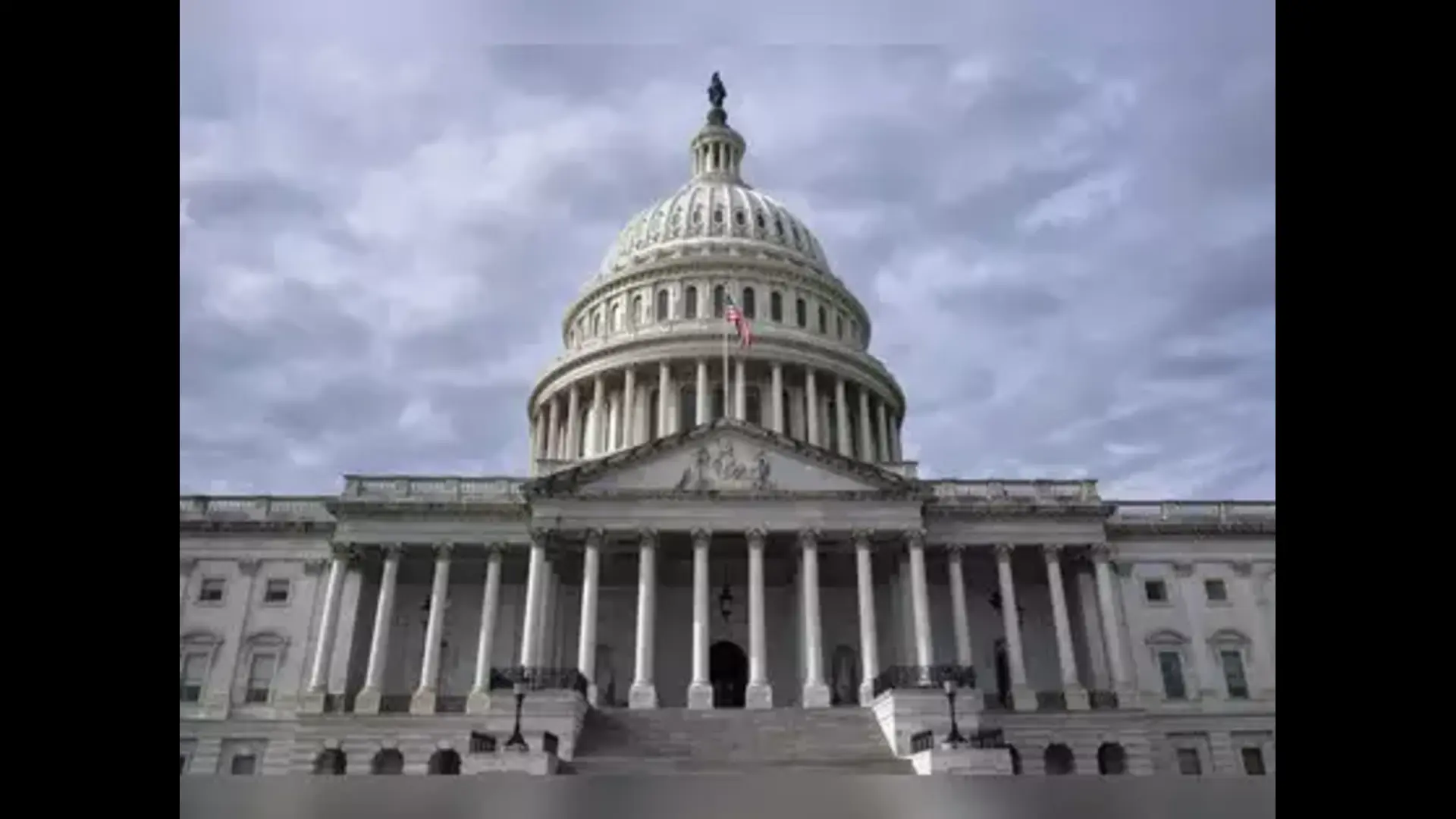
With a second consecutive quarter showing a negative growth, our economy is officially in recession. The deadly pandemic and the lockdown have had a detrimental impact but the fact is that even before the pandemic had set in, the economy was vulnerable and already reeling under the twin blows of a poorly implemented demonetisation and GST. The Indian economy is a mixed economy where services, industry and agriculture, each one of them, have a significant role. It is a delicate balance and the government needs to walk a tightrope. Here are my suggestions to boost the economy in today’s testing times:
A GENUINE STIMULUS PACKAGE
A lot of people confuse between liquidity and stimulus. The truth is that stimulus actually means a demand-booster. Today there is no dearth of liquidity. Easy loans and rebates on them are readily available, but the big question is: Why would someone take a loan to set up a new plant or unit at a time when the demand is low?
The government has been largely into supply side measures like reducing corporate tax. Corporate tax cuts help corporates in either buying back their stock or increasing their production capacity. It does nothing to boost the consumer demand. That is the reason why bikes, cars and other goods continue to pile up in warehouses with very little takers today.
The government needs to come up with innovative ways to put money in the pockets of the common citizen who can spend and spur up the economy. The Paycheck Protection Plan in the United States is one such example that helped small businesses stay afloat. It is one of the reasons why the US economy is bouncing back at a much faster pace.
LOWER/ABOLISH PERSONAL INCOME TAX
The personal income tax needs to come down drastically or even better be removed completely. It will light up the morale of the middle class like never before. Barely 5% of the Indian population which is largely the middle class pays income tax. Lowering this or even waiving it off, will result in a tax deficit of around 4-5 lakh crore per year. However, with the same amount now in the pockets of the people, imagine how massive an impact the same amount would have on the demand and savings aspect of the economy.
INCENTIVISE SAVINGS
There used to be a time when the savings used to account for around 36% of our GDP. Back in 2007, during the great recession, it helped our economy stay afloat. Today the savings have plummeted to less that 28% as a percentage of our GDP. It is a steep decline. Lower return rates on fixed deposits have done little to incentivise savings. We need to go back to our strengths and incentivise savings. A tax cut and a better return on deposits can serve that purpose.
INCREASE INFRASTRUCTURE SPENDING
To truly make an Aatmanirbhar Bharat, the government needs to loosen its purse strings and spend on infrastructure, healthcare and education. I will go a step further and say the government should even not hesitate in printing currency to fund infrastructure projects like construction of roads and bridges.
The naysayers might say that there could be a surge in inflation, but the truth is that the economic growth would balance that effectively. Construction is a labour-intensive sector and a boost in this sector would also act as a huge job multiplier.
RESTRUCTURE NPAS & STOP HARASSMENT
Let’s not paint the entire corporate class with the same brush. There are some economic offenders who obviously need to be booked under PMLA (Prevention of Money Laundering Act) but largely the government and the banks need to sit down with the struggling companies and negotiate with them a better deal and assist them in standing up on their own feet. This is the hour when the business class needs the government’s help rather than ostracisation and strict compliance norms. It is the business class that will generate employment and eventually drive the economy.
INVEST IN SKILL DEVELOPMENT
Pharmaceuticals, solar energy and artificial intelligence are the big three sectors going forward in the post-pandemic world. The government cannot afford to miss this bus. We have immense talent in these sectors waiting to be tapped and channelised correctly. India today has the potential to be the pharma capital of the world.
Ditto for solar energy and artificial intelligence. All these sectors are also incredibly labour intensive. The government needs to incorporate skill development in our education curriculum. Skill development centres and incubation centres need to come up big time. Skills like coding, machine learning and robotics require investment and growth.
AGRICULTURAL EXPORTS NEED A BOOST
In a country like India the climate conditions are so suitable that we can grow multiple crops in a year. The fact that we can grow the same quality of crops at a rate which is around 6-7 times cheaper than Europe, Japan and most of the world is a huge competitive advantage that is waiting to be tapped.
India is the 10th largest exporter of agricultural products in the world, even though it is amongst the top-2 in production of many food items such as dairy, mango, cereals, fruits and vegetables. We need to open up the world markets for our farmers and create a system for them to export their produce. The logistical problems and transportation bottlenecks are the biggest hurdles. Besides that our bilateral trade negotiators and diplomats need to negotiate for greater access in the world markets for our farmers.
All in all, this is a time when the government needs to focus on ways to boost the consumer demand rather than be strict on compliances and regulations. It is also a time when a massive disruption like Covid-19 brings with it an opportunity to realise potential in sectors like pharma. The dream of Aatmanirbhar Bharat can only be realised when every entrepreneur, trader or a small business owner has a fair shot and a level-playing field.
These are testing times, but India has had a history of coming out strong from every economic crisis. Just as the 1991 balance of payment crisis ushered in liberalisation and changed the economy, I believe there is a huge potential for India to usher in a new era of Aatmanirbhar Bharat.
The writer is a public speaker, author and entrepreneur. The views expressed are personal.
India is the 10th largest exporter of agricultural products in the world, even though it is amongst the top-2 in production of many food items such as dairy, mango, cereals, fruits and vegetables. We need to open up the world markets for our farmers and create a system for them to export their produce. The logistical problems and transportation bottlenecks are the biggest hurdles. Also, our bilateral trade negotiators and diplomats need to negotiate for greater access in the world markets for our farmers.















